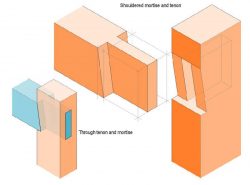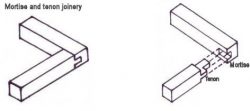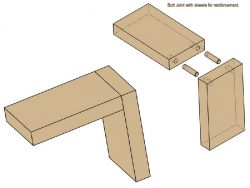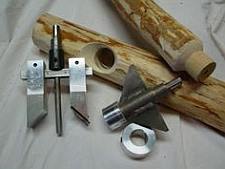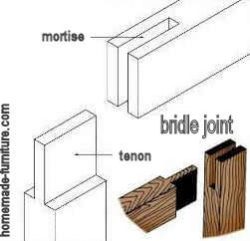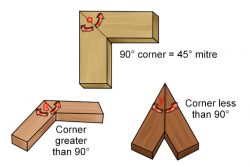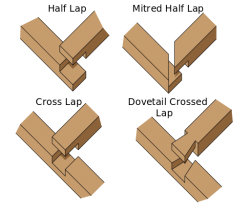Assembly of furniture with a Dado joint.
This joinery method has several different names, depending on your location.
The American expression is usually dado.
In Europe it is called a trench or groove and slot wood joint.
People in the U.K. use the term housing joint to describe this joinery method.
Two basic variations on the dado joinery method.
The through Dado – Trench or groove joint.
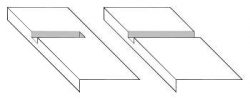
The most usual joinery with a trench joint connection is the open version.
A groove runs all across the board.
As with the stopped version, these grooves are almost always made with a so-called Dado-Set.
These exist in basically two versions, a stacked version and the wobble blade.
A stopped Dado joint has one closed end.
For that reason the joinery method is invisible on the closed side.
The connecting piece will still be visible from the other side which is usually covered with another panel.
The cut across groove housing joint.
The cut across refers to a cut that is made perpedicular to the wood grain.
For that reason it is not correct to name the groove joints in MDF boards as cut across.
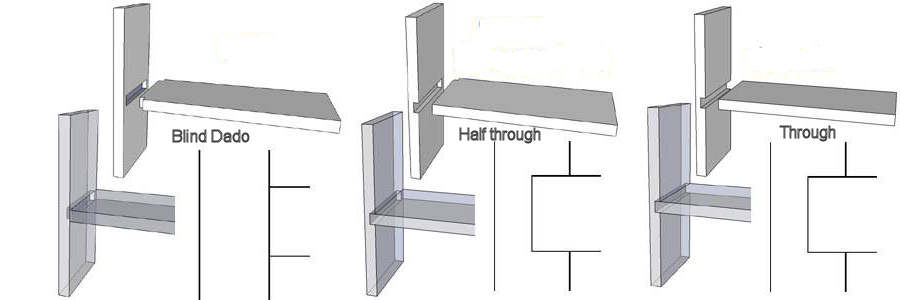
Applications for the housing joint / dado / groove joinery method.
Book cases and shelves in cupboards are probably the main purposes for this joinery.
It is easy to assembly furniture with a groove joint.
For that reason it is also a favorite method to make flat pack furniture.
The following pictures are borrowed from Wikipedia.
Bottom left: stacked set.
On the right you see a wobble blade setup.
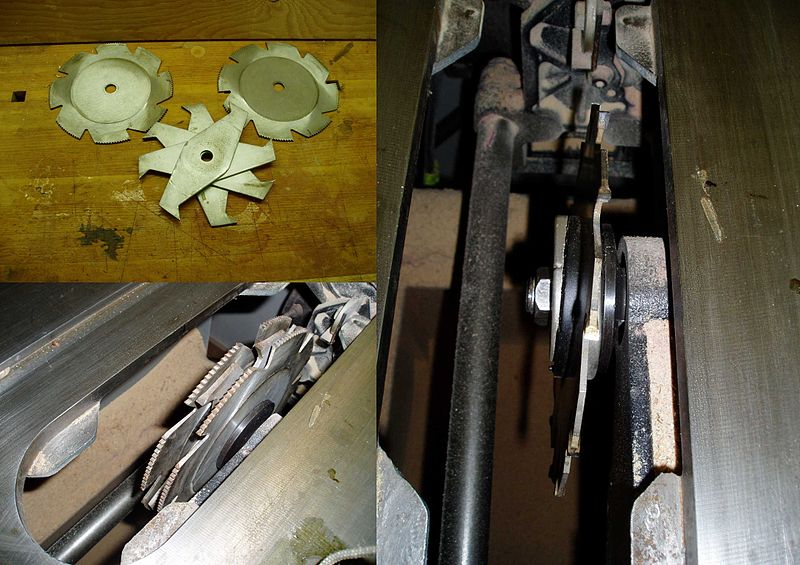
Above two common kinds of dado sets.
Firstly on the left the stacked dado set and on the right a wobble blade.


